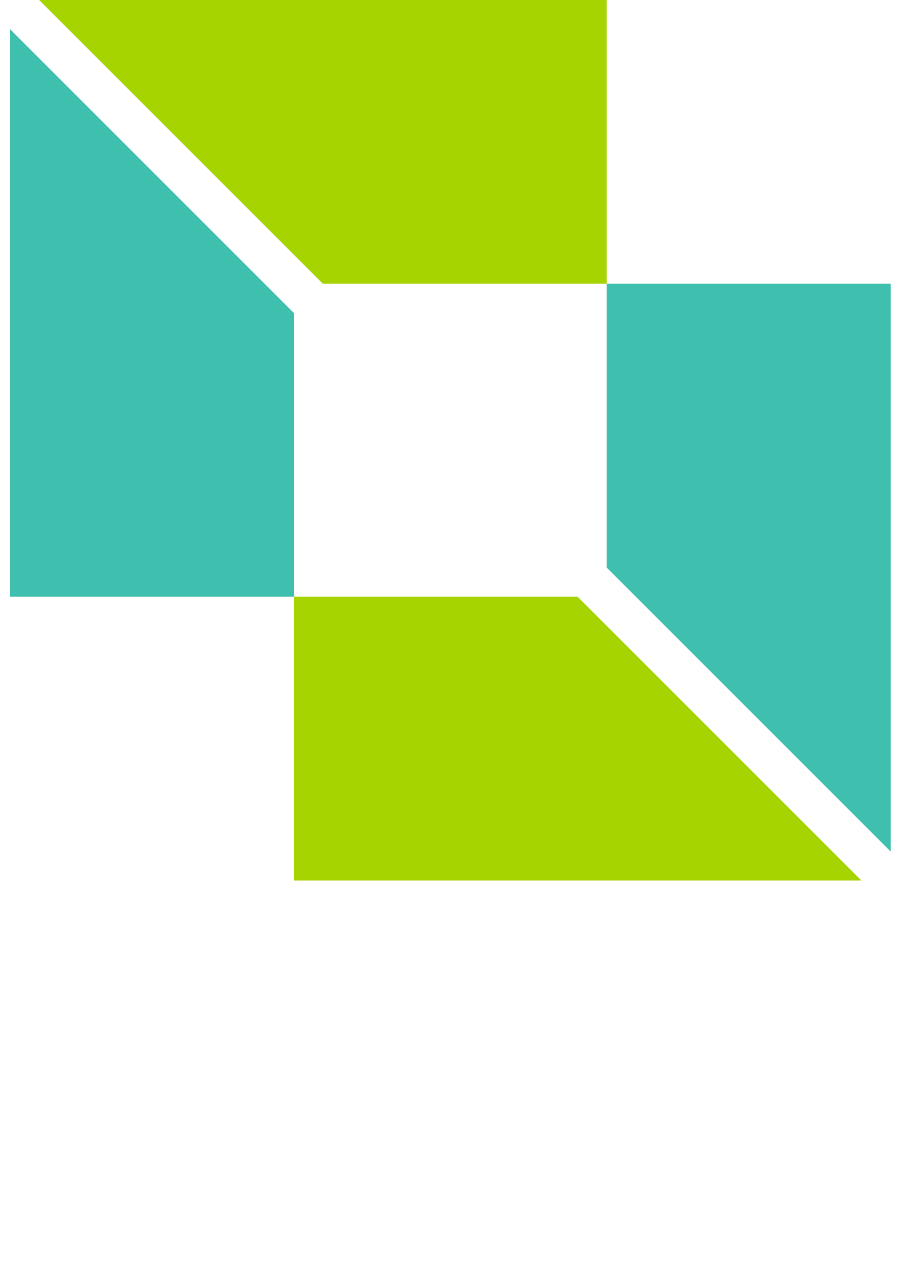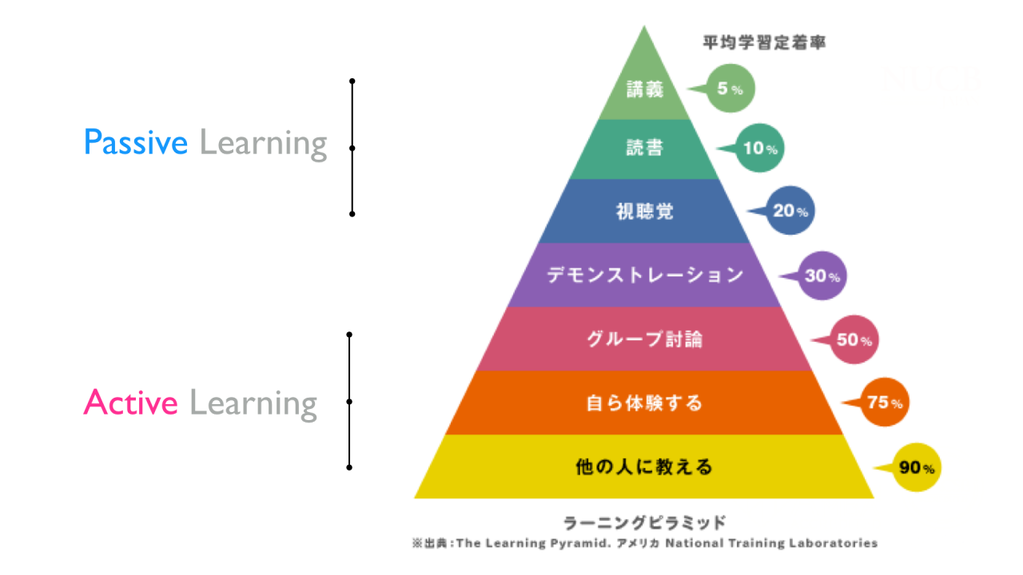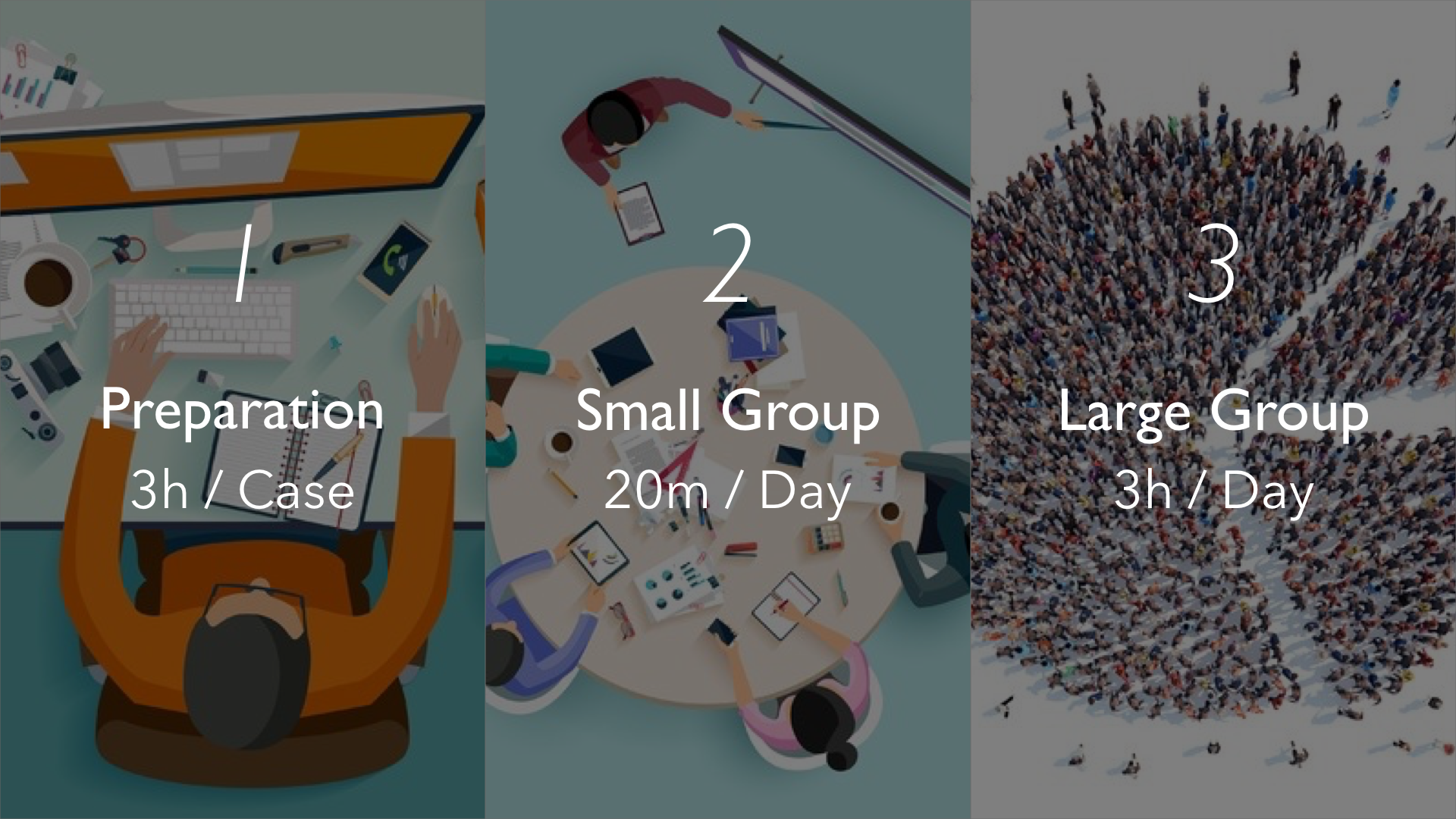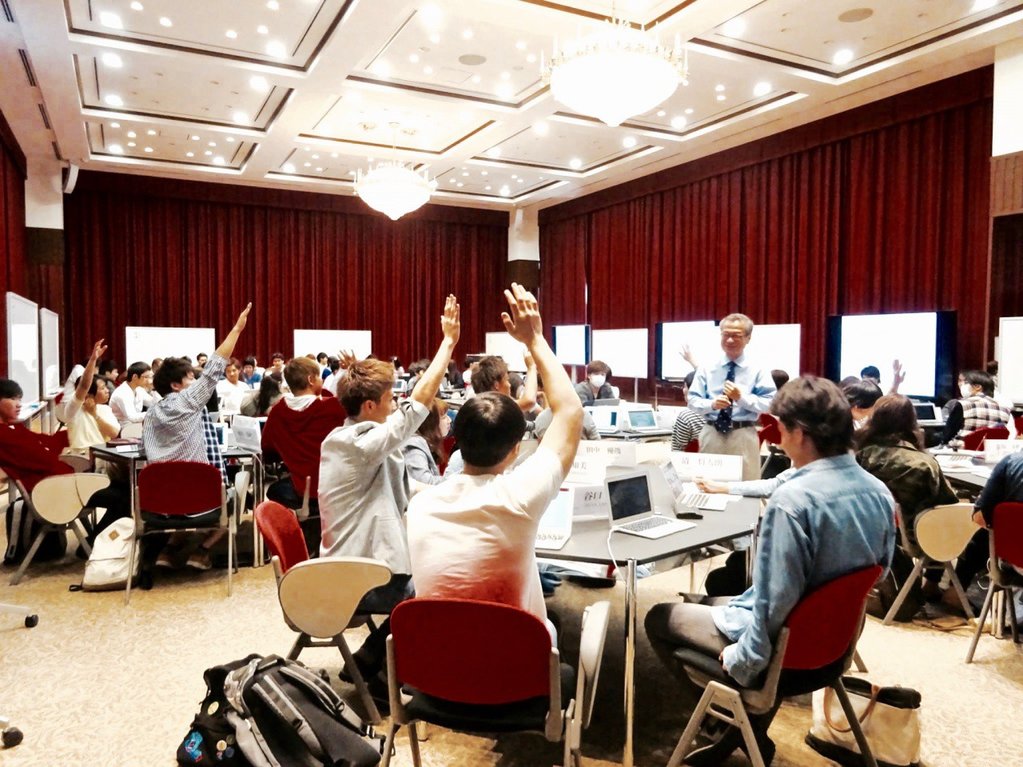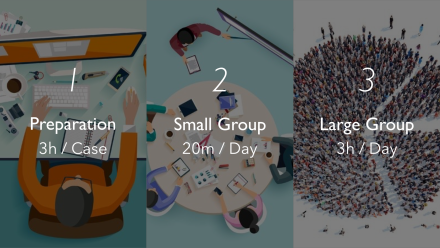Active learning refers to lectures centered on participants. It is called Participant Centered Learning in the US and Europe, but it has been established as an educational method for a wide range of people from high school students to university students, working people, and corporate executives. However, as a basis for asserting the need for active learning, the following learning retention rate chart is often used.
This is the result of an investigation into which learning methods can be effectively established, but it depicts the sad reality that lecture lectures lose even reading. Regardless of the accuracy of the numerical values revealed in this research, I think it has a lot to do with our senses.
Active learning is a hands-on learning style that utilizes group learning, rather than individual learning that packs knowledge in one-way lessons. Participants can divide into groups based on realistic teaching materials and discuss how to deal with the issues, so that students can have a meaningful learning experience by noticing the viewpoints and ways of thinking that they could not have imagined by themselves. Another characteristic of NUCB Undergraduate School's active learning is that it uses cases for group learning. A case is a kind of story that describes a situation in which the main character is having trouble with something in a real business. Participants will be trained to think and judge from the perspective of the protagonist and acquire the independence to express their opinions within the class.
The characteristic of "Case Method", which is famous as a method of active learning, is to use "Case" in which the story of the protagonist who has a problem in a company or organization is drawn. Participants will make preparations based on the questions (assignments) given in advance, and will make comments during the lecture, thinking about what to do and what to do if they are the protagonist. In this case method, participants are evaluated not on the regular exam at the end of the semester but on the degree of contribution to the lecture.
The case method is designed in a way to help the students develop practical business skills, a sense of leadership and management decision making, and the ability to apply insights by developing your own ideas, through the related discussions based on the required theories, concepts, and frameworks. Being part of behavioral learning, it also involves the development of soft skills.

 Download
Download
 Infosession
Infosession
 Application
Application
 Open Campus
Open Campus
